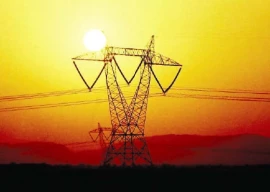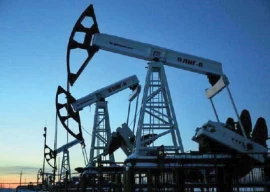
The practicalities of rainwater harvesting systems tend to be brushed aside by people who really should know better. The vast majority of our increasingly water-starved population refuses to factor in the vagaries of climate change that, according to global experts, is going to transform much of the country’s agricultural heartland into a desert over the next few decades.
Urban dwellers appear to be under the impression that water shortages are easily solved by phoning for a tanker, increasingly expensive as it is, to come and fill their tanks as and when required. But, as ground water levels diminish, rivers shrink and feeder streams run dry, such a service is no longer a guaranteed option and, for the less well off, never was feasible in the first place. Despite perennial water shortages throughout the country, the number of people prepared to help themselves by installing rainwater harvesting systems is abysmally small and when asked why they haven’t done it, they often reply:
1. There isn’t enough rainfall in our locality to make it worth while.
2. We don’t know where to get such a system.
3. Our property isn’t suitable for that.
4. It wouldn’t look nice.
5. It would cost too much.
6. The water would be filthy.
7. Maybe at some point in the future but there really isn’t any need right now.
These answers point to a lack of foresight. Take number 1: this is the reason given by most Karachiites who completely fail to understand that even a light shower can, and does, present an opportunity to harvest an incredible amount of rainwater, provided that storage facilities are adequate. If lots of people harvested rainwater, the collective amount thus ‘saved’ would be staggering. In addition, it does not even need to actually rain for water to be harvested; during periods of high humidity — and these are frequent in Karachi — dew water harvesting can be brought in to play with large volumes of water being amassed.
Number 2: Rainwater harvesting and dew collection systems are not sold in the open market for the simple reason that each and every building has individual requirements. It is therefore necessary to use some brainpower and design your own, incorporating the best options available. Houses with flat roofs are the simplest to harvest rainwater from. All that is required is to lead existing drainage pipes into either above or below ground storage tanks. Simple filtration methods, placed where the water enters the drainage pipes on the roof and again where it drains into the tanks, can vastly improve water quality and prevent blockages that could otherwise occur due to the presence of leaves, twigs and other debris. Renewable/washable filters can be improvised out of a few layers of fine wire mesh or even from the foot sections of nylon tights. The main cost incurred in flat roof rainwater harvesting is that of installing storage tanks but even this is soon recovered by reduced financial outlay on water tankers.
Properties with sloping roofs present a different challenge as rainwater collecting ‘nullahs’ need to be affixed all around and slightly underneath every single useable slope. Each nullah, in turn, leads the water into down-pipes and then into tanks, with filters fixed wherever possible. Nullahs may need to be made but the cost should not be exorbitant.
Dew water collection systems are different in that the dew needs something like galvanised steel sheeting on which to condense and then be channelled down to drainage and collection pipes before being led on in to storage tanks. The galvanised steel sheets, preferably corrugated ones, need to be securely fixed into place, with a downward angle, either on existing sloped roofs or, if the roof is flat, on purpose built frames which will not blow away in high winds.
Number 3 and Number 4: All properties, as long as they have a roof, can be adapted for rainwater/dew collection and it is up to the owners to make the systems as attractive as they like. If this proves impossible, then having a bit of ‘weirdness’ around is absolutely fine, as long as it does the job intended.
Number 5: The financial outlay is peanuts when weighed against the long-term cost of tankers.
Number 6: Install lots of inline filters and use the water for everything except drinking.
Number 7: The time to do this is right now although, frankly speaking, it should have been done — and laws introduced to enforce rainwater and dew harvesting — at least 30 years ago.
Published in The Express Tribune, Sunday Magazine, August 28th, 2011.

































































COMMENTS
Comments are moderated and generally will be posted if they are on-topic and not abusive.
For more information, please see our Comments FAQ